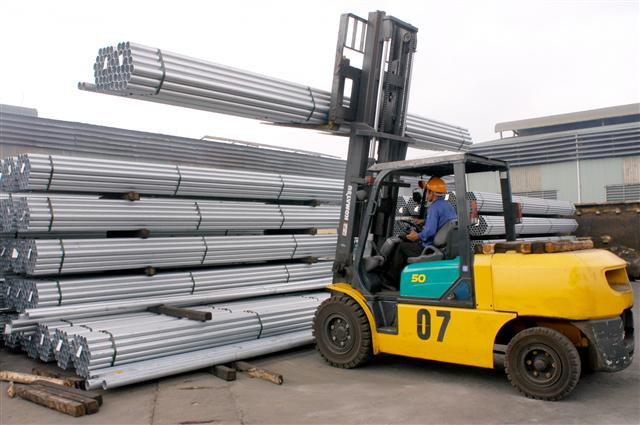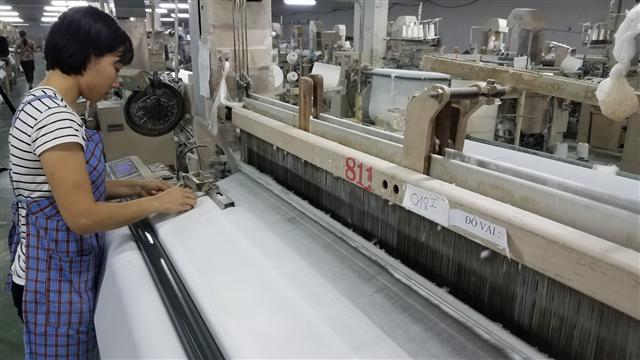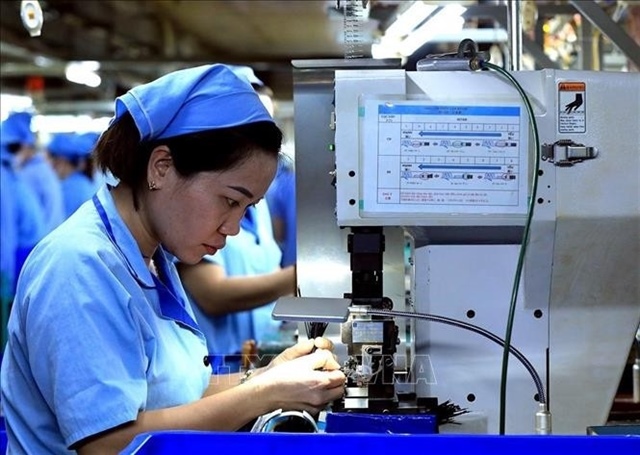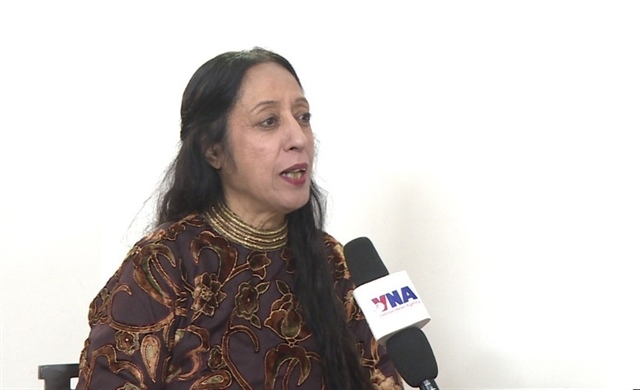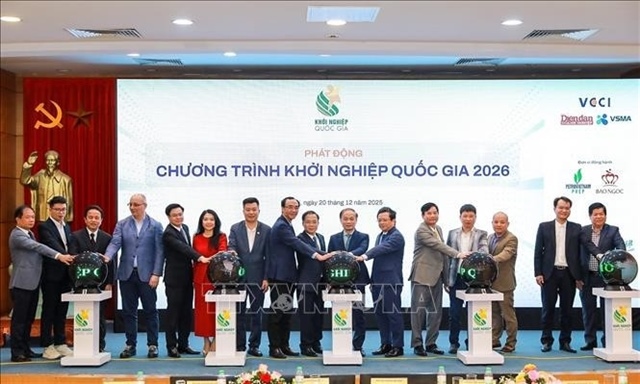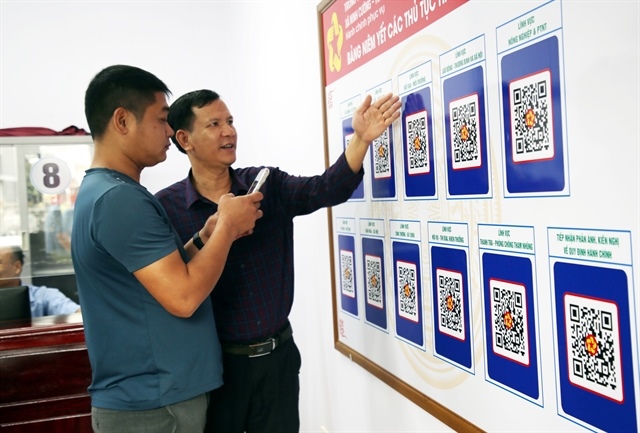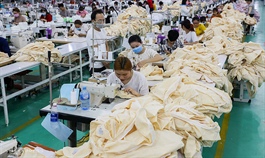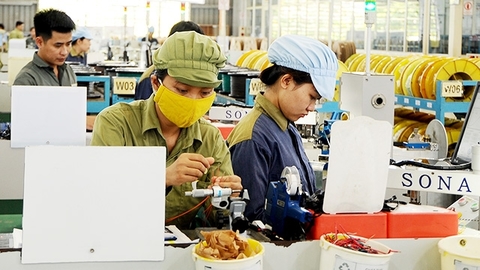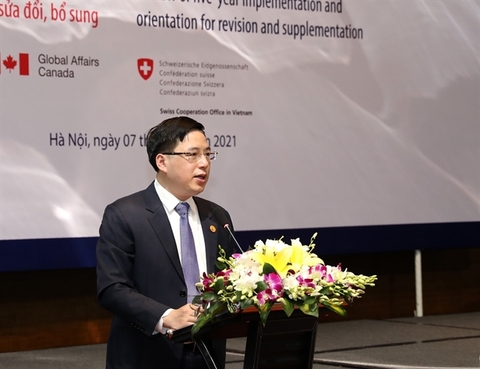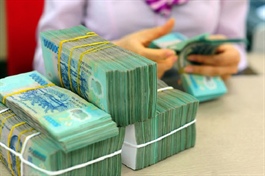Vietnam-India trade surges
Vietnam-India trade surges
The year 2021 marks the fifth anniversary of Vietnam’s comprehensive strategic partnership with India. Over the past five years, bilateral relations, especially economic cooperation, have expanded significantly.
A top-10 trading partner
According to the Trade Counselor at the Vietnamese Embassy in India Bui Trung Thuong, India is one of Vietnam’s top 10 trading partners, and annual bibateral trade has exceeded US$10 billion. In 2020, Vietnam ranked 17th among India’s trading partners worldwide and fourth among those in ASEAN.
|
In the first two months of 2021, bilateral trade reached nearly US$2 billion, a year-on-year increase of 21 percent. This included US$1.09 billion worth of Vietnam’s exports to India, up 17 percent, and US$905 million worth of India’s exports to Vietnam, up 26 percent. Positive growth was recorded for most major Vietnamese exports to India, for example mobile phones and components up 23 percent; iron, steel and metal products up 32.22 percent; computers, electronic products and components up 6.7 percent. Given these results, 2021 bilateral trade is expected to reach US$12 billion.
India is also a major foreign investor in Vietnam. Indian investment in Vietnam, including investment through third countries, has reached US$1.9 billion. Currently, 294 Indian investment projects are ongoing in Vietnam with total capital of US$898 million. By the end of 2019, Vietnam had six investment projects in India with total capital of US$28.55 million, mostly in the field of pharmaceuticals, information technology, chemicals, and construction materials.
Vietnam’s advantages
The Indian Government has paid great attention to boosting trade and investment connections with Vietnam. It has approved a US$77 million project development fund to support Indian companies in building supply and production chains in Cambodia, Laos and Vietnam.
|
According to the Vietnamese Trade Office and Embassy in India, Vietnam is an attractive investment destination for Indian companies due to its long coastline and 14 free trade agreements (FTAs) with more than 50 countries and territories. In terms of ease of doing business, Vietnam ranked 70th among 190 economies worldwide in 2020, according to the World Bank. Vietnam allows foreign direct investment (FDI) in a wide range of fields and offers foreign investors attractive tax and land rent incentives. The cost of business establishment in Vietnam is low, with no requirement for minimum investment capital.
At a recent meeting of the India-Vietnam Business Forum in Changigarh, the capital city of Punjab and Haryana states, Indian companies affirmed their special interest in Vietnam, especially in the context of the increasing shift of investment from China and the growing demand for supply chain diversification. They also pointed to many similarities between Vietnam and India. The meeting was organized by the Vietnamese Trade Office and Embassy in India, in association with the Associated Chambers of Commerce and Industry of India (ASSOCHAM).
Direct flight routes between the two countries will contribute significantly to boosting bilateral trade and investment, as well as cooperation in education, people-to-people exchanges, and tourism.
Untapped potential
Indian companies want to cooperate with Vietnam in farm produce processing, information technology, pharmaceuticals, textiles, garments, and auto spare parts. The EU-Vietnam Free Trade Agreement (EVFTA) which came into force in August 2020 is expected to help Vietnam increase textile and garment exports to the EU, while India can become a supplier of quality fabrics, fibers and yarns for Vietnam.
Another potential field of cooperation is pharmaceuticals. In the context of ongoing complications of the Covid-19 pandemic, India is considered “the pharmacy of the world” with a large scale of production, low production costs and high product quality. For its part, Vietnam is the second largest pharmaceutical market in Southeast Asia. It spends US$225 million on pharmaceutical imports from India annually. Vietnam is encouraging domestic pharmaceutical production while at the same time attracting foreign investment in this field. Vietnamese pharmaceutical companies can take advantage of FTAs to which Vietnam is a signatory to join global supply chains.
Despite the positive results, the potential of bilateral cooperation has not been fully tapped. To increase economic cooperation, the two sides need to upgrade infrastructure and accelerate institutional improvements, among other efforts.


